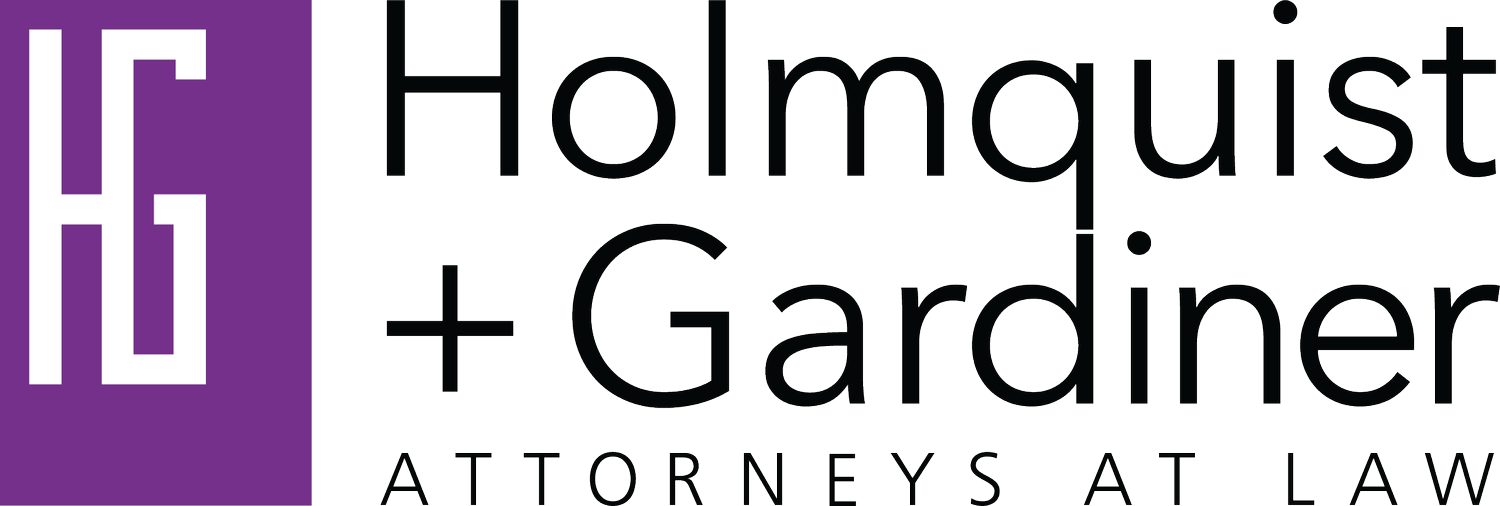Webinar Recap: The Legal and Title Considerations of Boundary Line Disputes
Let’s take a break from talking about COVID-related topics and dig into boundary line issues. Here’s the key information you need to know about how to identify and resolve boundary line issues before a purchase or once you already own.
Resolving Adverse Possession Claims and Other Boundary Disputes
Talk with your neighbor to understand each other’s goals.
Engage a surveyor to plot out property lines and encroachments.
Retain an attorney to review documents, advise on your and neighbor's rights, potentially start litigation
Five Ways to Address Boundary Line Disputes
1. Boundary Line Agreement: Individuals agree to an outcome, draft the agreement with an attorney and surveyor, and record with the county. Usually takes a few weeks.
2. Boundary Line Adjustment: Individuals work with the city or to verify the boundary line and make sure it meets code requirements related to zoning, environmental, and other factors. Can take up to 18 months.
3. Friendly Quiet Title Action: Property owners agree to file a lawsuit and obtain a judgment from the court for quiet title over the disputed area. The resulting judgment takes precedent over future adjustments.
4. Easement: The owner whose property is being used agrees the other individual can continue to use the property for an agreed-upon amount of time. Easements are noted on surveys and titles.
5. Judgment: If an agreement can’t be reached and the parties go to a judge for a decision, the judge makes a legal determination on the facts. If the disputed property is awarded, his or her judgment is then recorded with the county.
Essential Facts for Successful Adverse Possession
To make an adverse possession claim, the court wants a detailed history showing that you have met five legal requirements:
1. Actual possession: true, physical use of the disputed land as the true owner.
2. Notorious – open use of the property during that time.
3. Exclusive – use to the exclusion of the neighbor (only you maintained and used the square footage).
4. Hostile possession – knowing or unknowing use of the property without permission of the owner.
5. Uninterrupted: ongoing active use of the property
A Title Insurer Is a Key Advisor
Title insurers are a great resource for commercial and residential property issues:
Do due diligence
Assess insurability, underwriting requirements and potential endorsements
Help you interpret surveys to identify unrecorded easements and encroachments
Gather evidence of adverse possession
Cover commercial property risks related to liens and encumbrances on the title, lack of access or lien priority, unmarketable title, mechanic’s lien rights
Insure against risks occurring after the policy date, actual vehicular and pedestrian access, building permit and other violations
Boundary lines and adverse possession make not seem like burning issues. King County is still seeing a lot of commercial and residential property sales even as we enter the winter months. These situations must be included in the seller disclosure statement. Buyers who don't want to deal with the risk of a possible dispute or lawsuit have other options and will walk from your deals. Discovering and resolving these issues now clears the way to smooth sales down the line.
For more details on any of these factors, watch the full session below or contact us. You can reach our guest, Katheen Sirianni via email at Kathleen.sirianni@CTT.com or at (206) 200-2994.
We’ll hold our last webinar of the year in December. Please keep your eyes on our website or on social media for the sign-up link.
